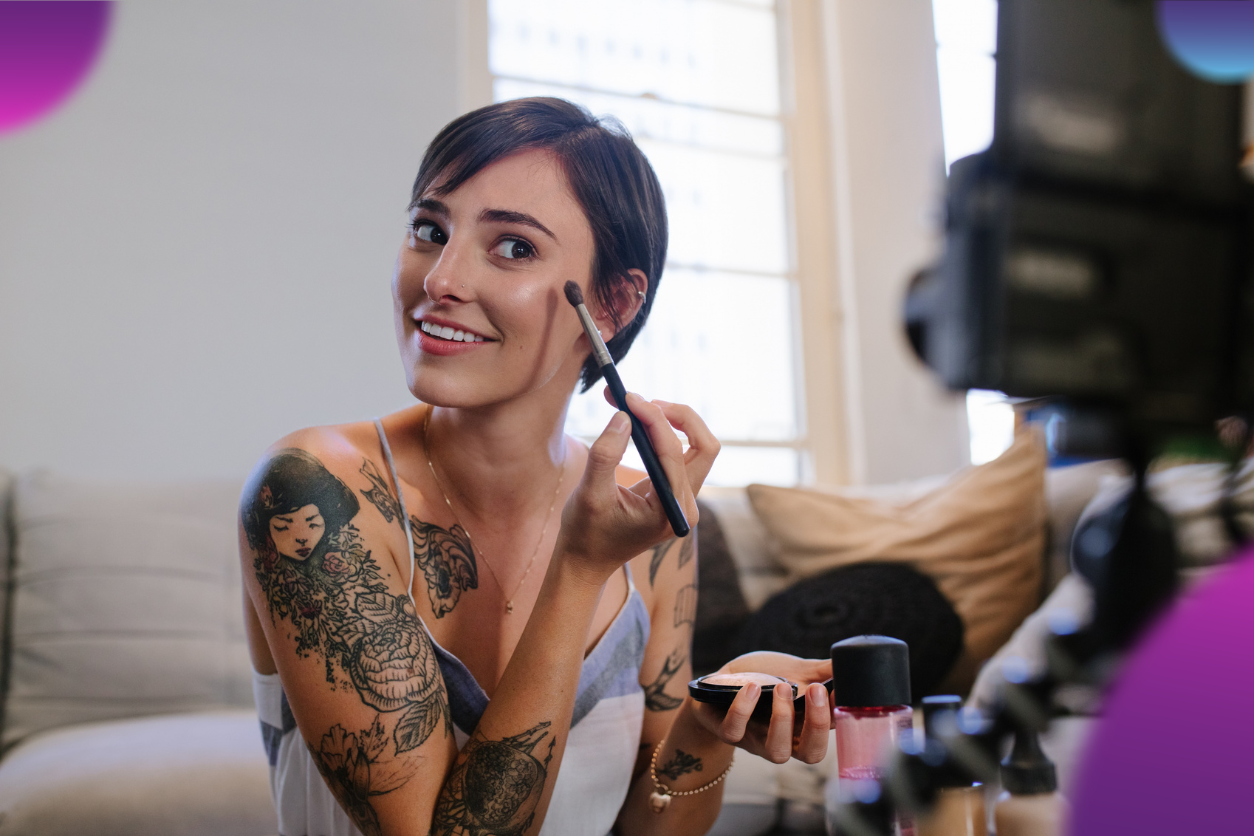As traditional TV loses its grip on audiences, YouTube has been steadily climbing the ranks to become the go-to entertainment choice for viewers. Recent data confirms what many creators have already sensed: YouTube now dominates the living room. The question is, are you using it to your advantage?
YouTube Dominates TV: What the Data Really Shows
According to Nielsen’s “The Gauge,” YouTube commanded 12% of total TV streaming time in March 2025, outpacing industry giants like Netflix and Disney+. This shift isn’t just statistical—it’s cultural. Viewers now prefer YouTube’s bite-sized, on-demand, and creator-driven content over traditional programming.
This rise is even more pronounced on Connected TV (CTV), where YouTube’s native apps on smart TVs and game consoles have become a staple of daily entertainment. The increase in CTV viewership underscores a new normal: YouTube is TV.
Why YouTube’s CTV Rise Matters for Creators and Brands
This isn’t just good news for YouTube—it’s a game-changing opportunity for content creators and advertisers. YouTube on TV offers a large-format, immersive experience, where ads run longer and attention spans are stronger. That means more room to tell your story, showcase products, and engage audiences like never before.
Brands are already taking advantage of YouTube Select and CTV ad placements, which allow them to target highly engaged, interest-based audiences watching from the comfort of their couches.
From Screens to Streams: A Shift in Entertainment Power
TV used to be the ultimate authority on influence and celebrity. Not anymore. Today’s most influential personalities are YouTubers like MrBeast, who boasts more viewership than many traditional primetime shows.
When YouTubers start getting their own shows on platforms like Amazon Prime, it signals a deeper media shift. The credibility of creators has eclipsed that of old-school TV hosts, and audiences now gravitate toward authenticity over polish.
CTV Ads on YouTube: A Hidden Gem for Marketers
CTV ads on YouTube blend the targeting precision of digital with the visual dominance of TV. Advertisers can now run 15- or 30-second skippable and non-skippable ads that appear right before long-form content or within playlists.
Plus, YouTube’s integration with Google Ads means brands can measure performance more effectively than with traditional broadcast campaigns. Creators can also monetize better, as long-form content on CTV often yields higher ad rates.
How Creators Can Ride the YouTube CTV Wave
If you’re a content creator, here’s how to capitalise on this trend:
- Optimise for TV Screens: Shoot in higher resolutions and format videos with larger text and clean visuals.
- Longer-Form Content Wins: CTV viewers are more likely to watch longer content, so consider shifting away from shorts-only strategies.
- Collaborate Smartly: Partner with other YouTubers or brands who are leaning into CTV-friendly content.
- Engage Through Community: Use pinned comments and community posts to keep viewers returning after the show.
Final Thought: TV is Changing — So Should Your Strategy
As YouTube dominates TV, the opportunity for creators and marketers is unprecedented. This isn’t a trend—it’s a transformation. Traditional TV is no longer the centre of home entertainment. YouTube is.
So whether you’re a creator building your brand or a marketer planning your next campaign, make sure your strategy includes YouTube’s CTV rise. Because the future of television isn’t coming. It’s already here.


